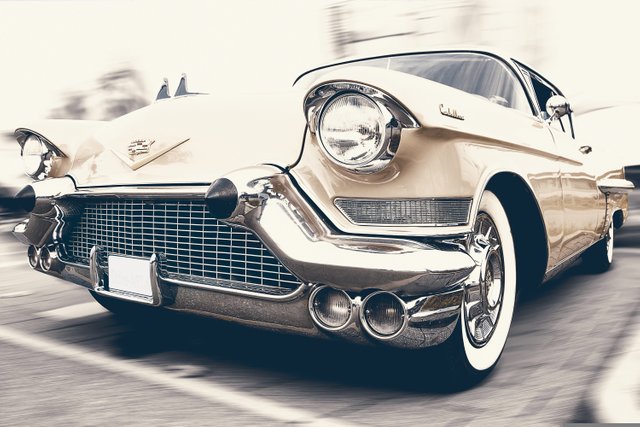In 1649, Hans Hautsch of Nuremberg built a clockwork-driven carriage. The first steam-powered vehicle was designed by Ferdinand Verbies, a Flemish member of a Jesuit mission in China around 1672. It was a 65 centimetre long (26 in) scale-model toy for the Kangxi Emperor that was unable to carry a driver or a passenger. It is not known with certainty if Verbiest's model was successfully built or run.
Nicolas-Joseph Cugnot is widely credited with building the first full-scale, self-propelled mechanical vehicle in about 1769; he created a steam-powered tricycle. He also constructed two steam tractors for the French Army, one of which is preserved in the French National Conservatory of Arts and Crafts. His inventions were limited by problems with water supply and maintaining steam pressure. In 1801, Richard Trevithick built and demonstrated his Puffing Devil road locomotive, believed by many to be the first demonstration of a steam-powered road vehicle. It was unable to maintain sufficient steam pressure for long periods and was of little practical use.
